Although there is almost daily news about Blockchain, people are mostly unaware of the social advantages of this technology in the education sector.
Photo: Bigstock
With significant data breaches happening around the world almost every day, adopting a technology that keeps records in a secure and immutable way, like Blockchain, becomes more and more a necessity. And even though this technology has been on the rise, many people are still unaware of the social advantages and potential of this technology, especially in education.
Blockchain can be applied at schools, colleges, universities, MOOCs, corporations, internships, and many other knowledge areas, but before understanding its applications, it is vital to understand what is blockchain.
What is blockchain?
Blockchain is not a company nor an app; it is an entirely new way of documenting data. It is a series of immutable, shareable, and timestamped data administered by a group of computers.
Blockchain information is distributed through ledgers, which record the information in a community. In each block, all members must validate every transaction for them to occur. Also, everyone involved owns a copy of said information, thus, rendering it impossible to alter previous data thanks to consensus.
Ledgers serve as tools that determine the ownership of the asset, regardless of its type, at any time. They provide a centralized authority list of transfers in every block of information. Blockchain information can be money transfers, ownership, someone’s identity documents, an agreement between parties, or any other information that requires peer validation for confirmation and accountability.
The different types of Blockchains
Three different main types of blockchain solutions can be used:
-
Public blockchains: anyone can download, tune and make transactions. Usually, this type of blockchain requires millions of machines. This type of blockchain produces the highest immutability, and transparency, however, it also has the maximum inefficiency due to both its high storage costs and electricity usage, and low transaction speed.
-
Private blockchains: they work as an invitation only and follow a set of rules made by those inviting. Due to the low number of people involved, it can be more specialized, with ups and downs such as lower immutability and transparency, a higher centralization, efficiency, transaction volume, and speed. All of which lowers the cost and resources used.
-
Consortium blockchains: is a hybrid between a private and public blockchain, it works by invitation or request only, but all persons invited have equal voting rights when making decisions by consensus.
Advantages of Blockchain Technology
-
Authenticity: users can identify themselves while maintaining all of their storage and personal data private.
-
Trust: this technology gives people enough trust in operations to carry through with transactions like payments or certificates.
-
Transparency and origin: users can make transactions knowing that each party can participate in that transaction.
-
Immutable: the records are written and stored permanently without modifications, which makes them immutable.
-
Decentralized: eliminates the need for a centralized authority in charge of transactions and record keeping.
-
Without mediators: users can make transactions directly with each other without the need for mediation by a third party.
Blockchain in education
Permanently secure certificates
Educational institutions currently issue certificates or diplomas on paper, sometimes in an electronic format that uses a public key infrastructure. These formats are time-consuming and expensive to render, especially maintaining and verifying them, require a third party to a certificate, and are also prone to be lost or even destroyed in inadequate storage, natural disaster, conflict or mere human error.
By using a public blockchain to issue certificates, each user has a unique signed digital certification so, for it to be verified, it only has to be compared to the signature on the blockchain. The certificates will be stored securely and permanently, which protects the user in case the institution that issued it closes down. Another benefit for third-party validation comes from solving the educations organization’s certification issuing problem, and they do not need any more resources to confirm its validation to others since they can do it themselves with blockchain.
For this to happen, institutions need a software, like Blockcerts, that allows the issuing of certificates with signatures posted to a blockchain as well as a verification software to confirm them.
Using blockchain to verify multi-step accreditation
Currently, each country has a different system for accreditation, which means non-government agencies or private companies accredit other agencies so they can approve a certificate. Moreover, for an educational organization recognizing a diploma, they need to verify not only the issue but also the quality of the institution issuing the accreditation, resulting in a time-consuming process.
By issuing accreditations using blockchain technology, institutions can validate the person’s credential through a simple click. Automating the current process makes it easier to visualize the accreditation chain and to verify that the information presented is both valid and real.
Using a blockchain for automatic recognition and credit transfer
Educational organizations that use credits to confirm student learning can use a chain of blocks to transfer those credits. By doing so, the guarantee of a certificate and the certificate itself will be stored securely and immutable. For students, this means that they will not need a third party involved; they only need to give access to future employers to their profile and their total credits are visible and verifiable instantly. In addition, when a student travels abroad for an international exchange program, the use of blockchain can be very beneficial for both their home and the receiving institutions.
Currently, transferring credits depend on both institutions agreeing to recognize each other’s credits to certain conditions, which can lead to no recognition at all. By using blockchain, these agreements can be written in contracts that, when both parties fulfill those conditions, the transformation of credits is automatic.
Nevertheless, this can only be achieved if there is a standard for existing credits, a custom blockchain design to store information together and a high number of institutions participating.
Using a blockchain as a lifelong learning passport
Many of the alternative credentials in the market provide users with a way to record their achievements; however, very few of them offer ways to verify the experience and credentials. Therefore, they end up being like a box full of paper certificates, but digital, with no benefits or efficient process of accreditation.
By using blockchain, the learner stores their achievements from any source, formal or informal, and can share them using this technology for instant verification. Thus, reducing CV fraud as well as reducing workload for organizations and individuals interested in the person submitting that curriculum.
For this to happen, a verified digital federal identity must be created, like a metadata standard that can be used by recruitment software that automatically checks whether the person has the required skills for the position.
Blockchain for tracking intellectual property and rewarding use and re-use of that property
Due to the complexity of tracking intellectual property, self-publishing writers can find it arduous to follow the reuse of their intellectual property, mainly because of its cost and the specialized institution’s running. Furthermore, in the case of reusing open educational resources, they are rarely traced, and if it does, it is through simple metrics with limited use.
Educators can use blockchain to broadcast their publication and record the references they used, allowing evidence of the date of publication for copyright issues and an opportunity to track any specific resources that use the paper.
Although there are existing systems to track citations, they require intermediaries that put high costs for access in exchange for limits on the use and sharing of the articles. By using blockchain, the intermediaries will be eliminated, allowing anyone to publish openly and keep track of the use of their work accurately without restrictions. Moreover, it will enable teachers to be rewarded based on the use and reuse of their publications.
Blockchain can also be used to transmit publication resources, and digital coins can be given to teachers according to the level of reuse of their resources.
Receiving payments from students via blockchain
Currently, students pay for their education using a specific currency, like dollars or euros, but blockchain based cryptocurrencies, such as bitcoins, could also be accepted.
Although this specific application of the technology may seem far away, many students not always have a bank account or credit card, either because of their age, country, employment status, etc., which makes it harder for them to pay for an education. Cryptocurrency-based payments can be a solution for this issue, the only requisite is for both, the student and the institution, to have a system to receive and send cryptocurrencies.
Using a verified absolute identity for student identification within educational organizations
Students who attend a large university or educational institution need to identify themselves regularly in different parts of the institution, for example, to enter the library, gym, dormitories, etc. In these cases, many people may have access to a student’s personal information, so keeping that information secured can be a great advantage. Especially when it comes to managing the access rights for each employee and that each device is protected against piracy.
By using blockchain as a verified absolute identity, other than the student, the only person responsible for verifying the student’s identity has access to the data. Moreover, the institution no longer has to spend resources in managing the complex system of keeping a student’s data secure, and it only needs to guard the device or network where the initial verification took place.
Conclusions
Unfortunately, the use of blockchain technology in education is still in a pilot stage, but it has the potential to launch a wave of innovation around the data of students and the organization.
An example is the Digital Credentials initiative, an alliance between nine top universities —including Tecnológico de Monterrey— that are currently working on creating a global infrastructure that allows issuing, verifying and sharing digital certificates using blockchain, thus supporting the education system of the future and promoting education as long life.
These types of applications not only it can help automate validation of credentials, curriculums, and portfolios, it can also significantly reduce educational institutions’ data management costs and decentralized its systems. Moreover, it also can benefit teachers as it allows them to track the usage of their intellectual property.
However, these benefits can only be achieved through an open use of blockchain, which uses an open source system, open standards for data and enforce self-sovereign data management solutions. To achieve this, the development of blockchain in education must be seen as a shared competence, so it ensures a balance between the private sector and the public interest.
Reference
Grech, A. and Camilleri, A. F. (2017) Blockchain in Education. Inamorato dos Santos, A. (ed.) EUR 28778 EN; DOI:10.2760/60649
This article from Observatory of the Institute for the Future of Education may be shared under the terms of the license CC BY-NC-SA 4.0 
)
)
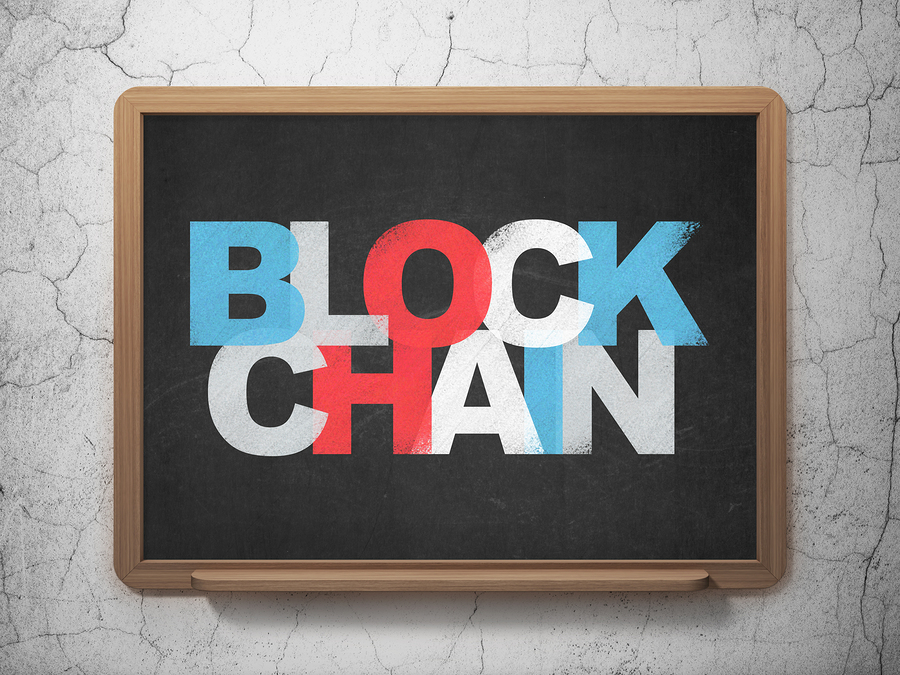
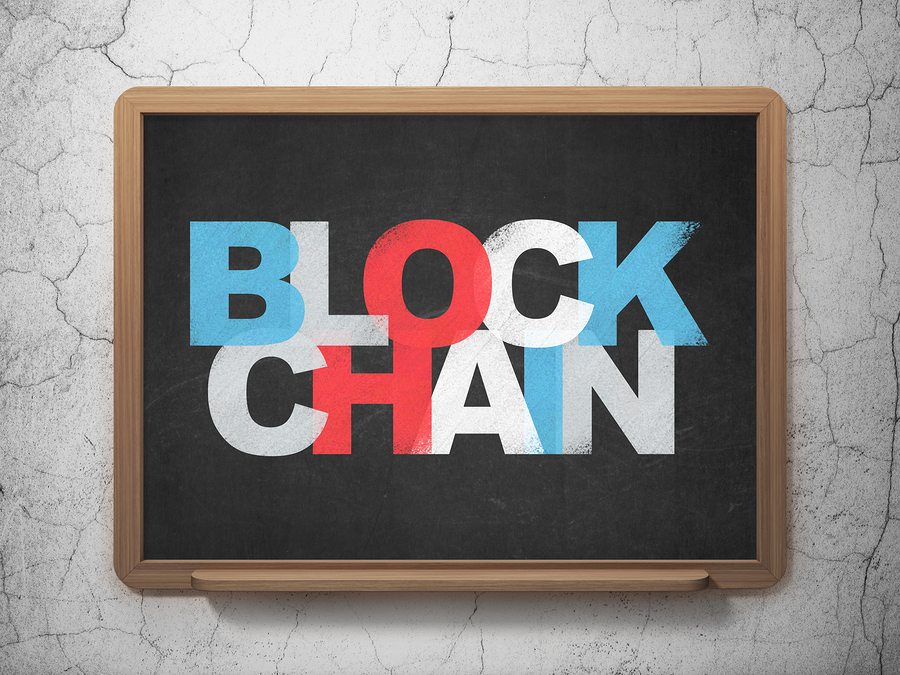

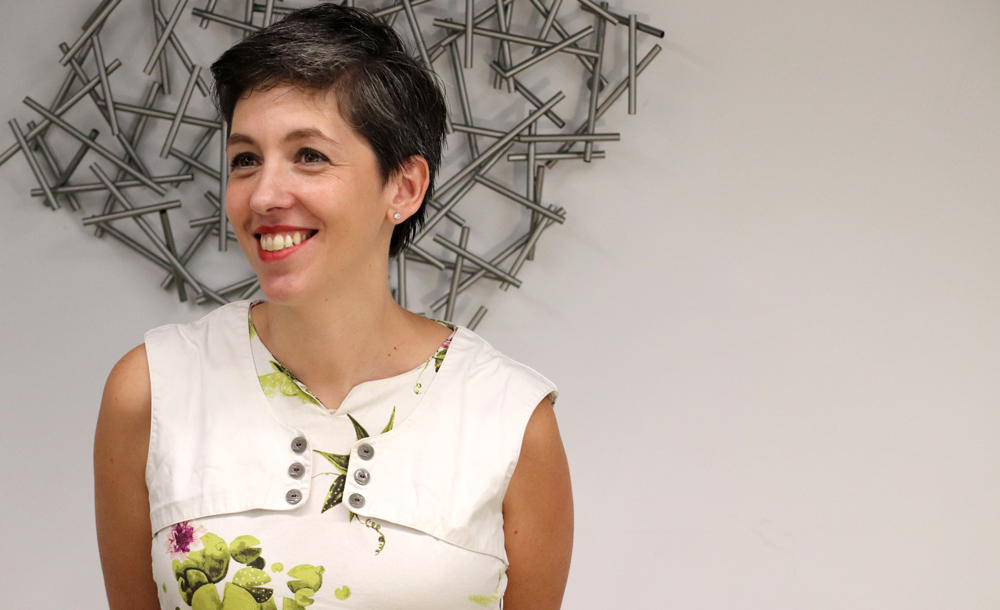
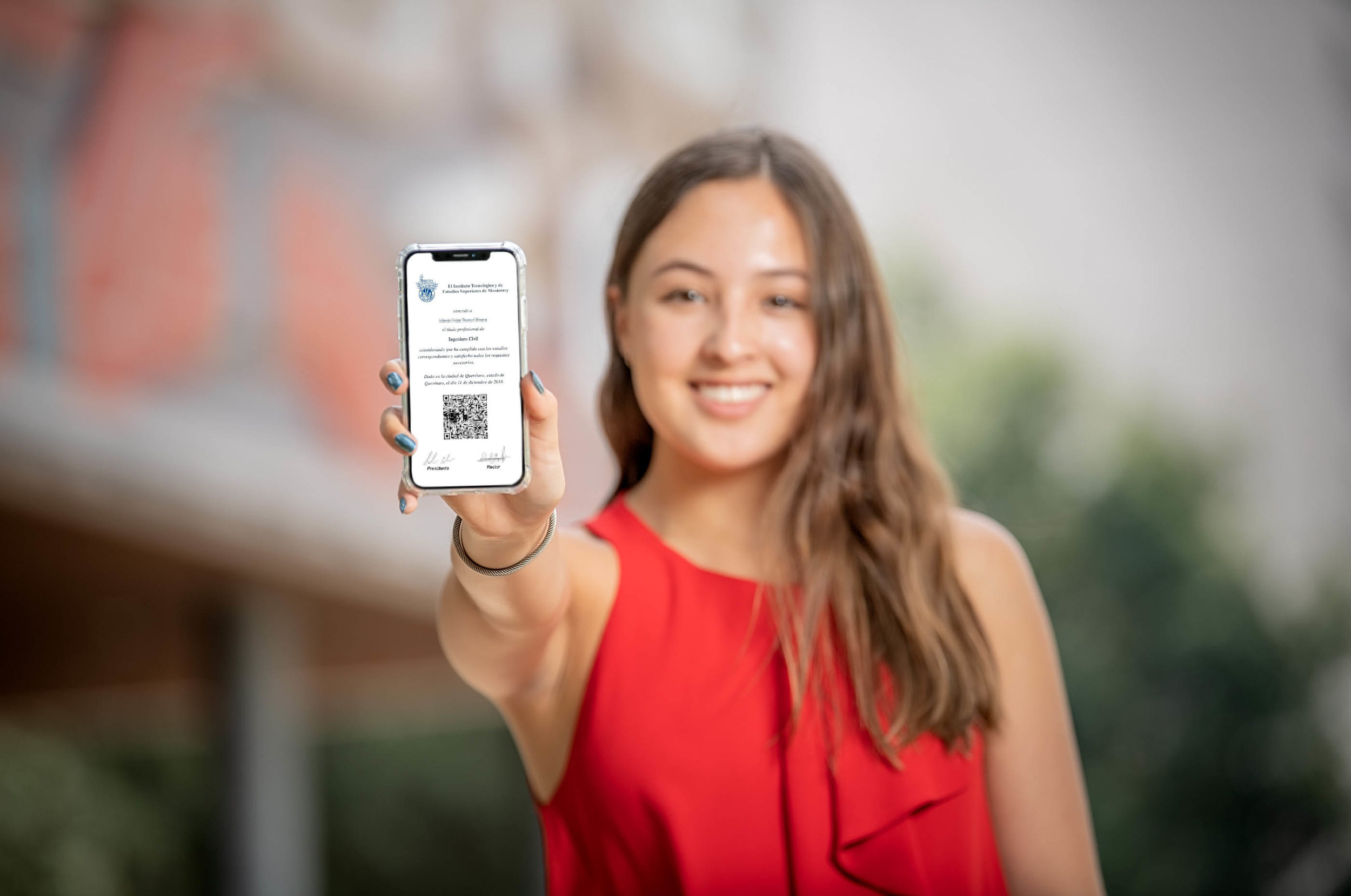
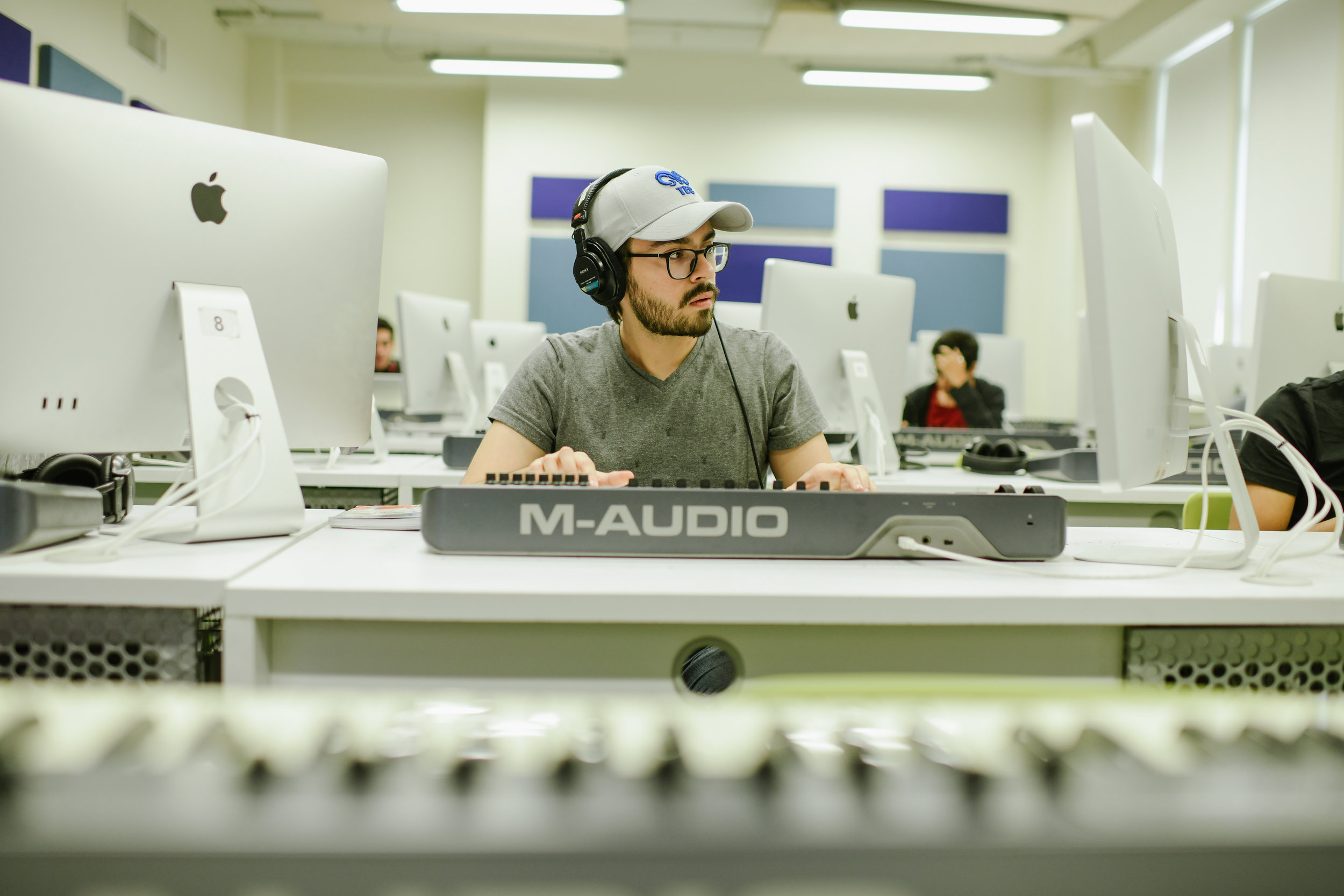




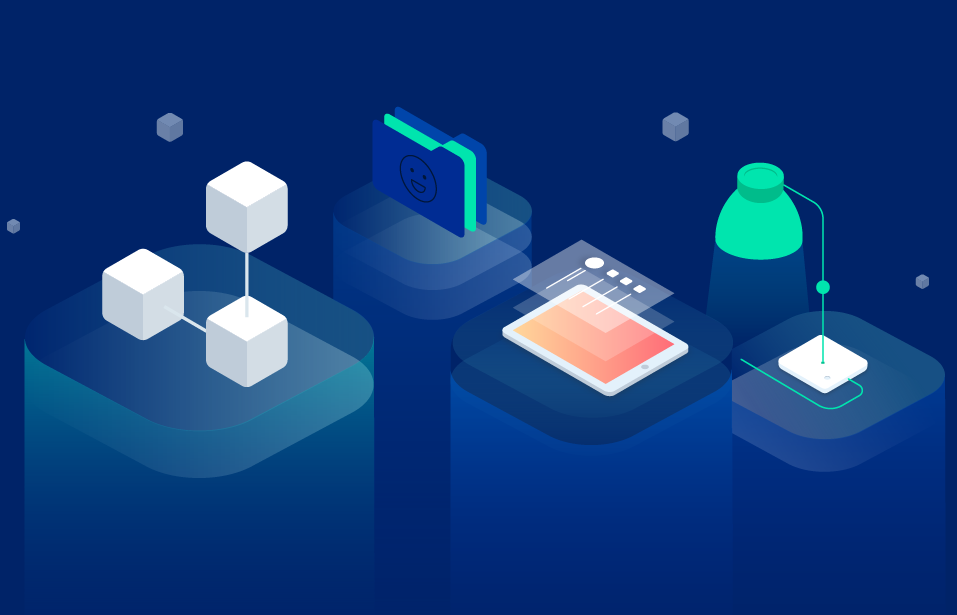
)
Nohemí Vilchis
Nohemí Vilchis
Nohemí Vilchis